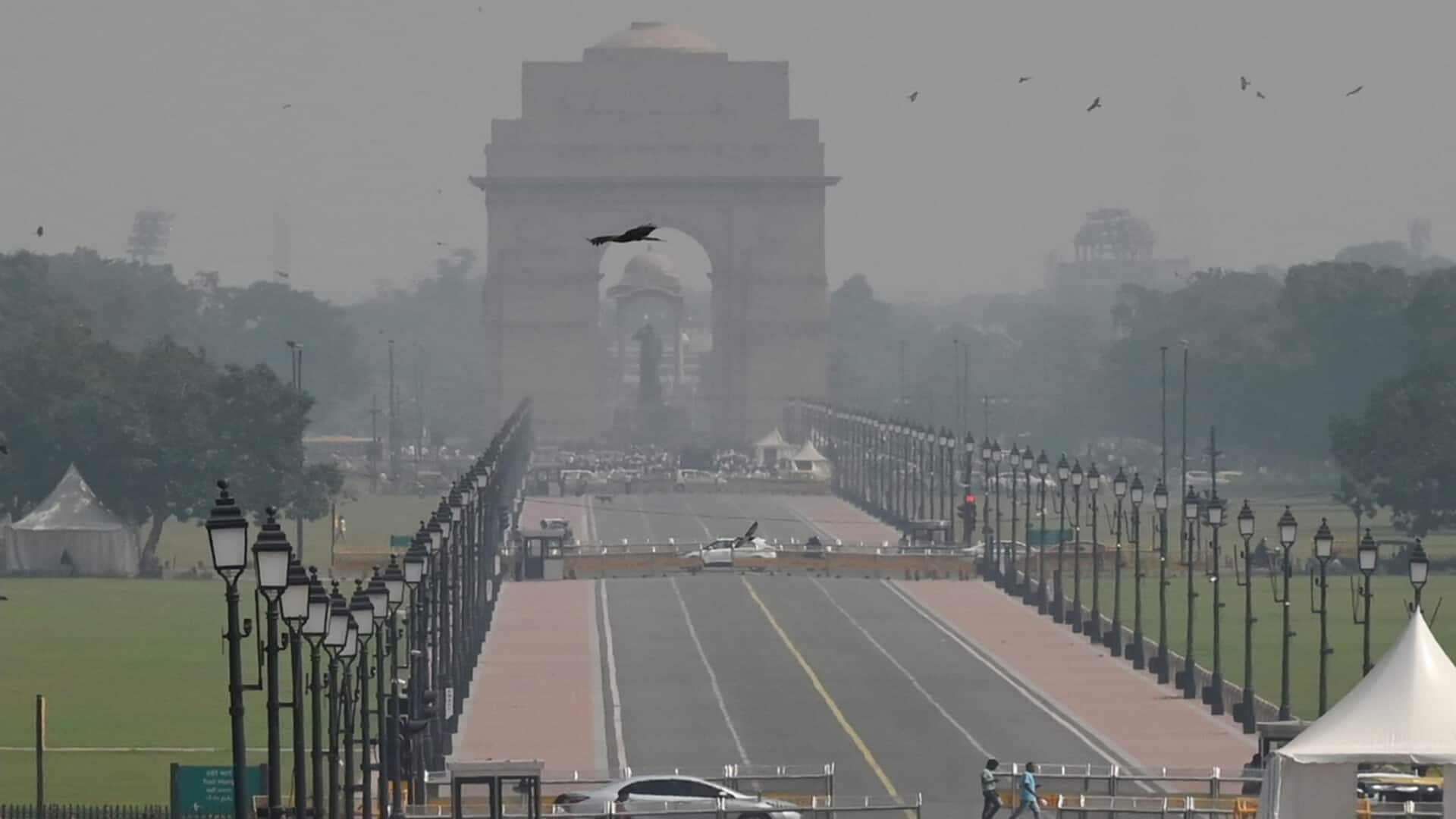
Delhi's AQI nears 'severe' mark, 13 areas in red zone
What's the story
Delhi's air quality index (AQI) on Tuesday stood at 385, nearing the "severe" mark of 400. The figure is a marginal rise from Monday's 24-hour average AQI of 381. Out of the city's 38 AQI monitoring stations, 13 recorded "severe" air quality levels. These areas include NSIT Dwarka, Nehru Nagar, Moti Marg, Anand Vihar and Ashok Vihar among others.
Surrounding areas
'Very poor' air quality in Gurugram, Noida
Neighboring cities also recorded "very poor" air quality levels. Gurugram reported an AQI of 310, while Noida's AQI stood at 319. Ghaziabad also fell into the "very poor" category with an AQI of 314. Residents in these areas have been advised to avoid outdoor physical activities to prevent inhaling toxic fumes that can lead to long-term respiratory illnesses due to increased levels of PM2.5 and PM10 particulate matter.
Seasonal impact
Winter season expected to worsen Delhi's air quality
As winter sets in, experts predict air quality will worsen further due to factors like farm fires and biomass burning. Delhi's minimum temperature on Tuesday was recorded at 17.6 degrees Celsius, two degrees above normal. People living in areas with severe air quality are advised to exercise extra caution as such levels of harmful pollutants can affect even healthy individuals.
Health risks
Poor air quality could reduce Delhi residents' life expectancy
Experts have warned that the recurring winter air quality problems in Delhi could shorten residents' life expectancy by more than a decade. The warning comes as the city continues to deal with deteriorating air pollution levels, especially in the winters. The AQI classifies pollution levels as follows: 0-50 is "Good," 51-100 is "Satisfactory," 101-200 is "Moderate," 201-300 is "Poor," 301-400 is "Very poor," and 401-500 is "Severe."